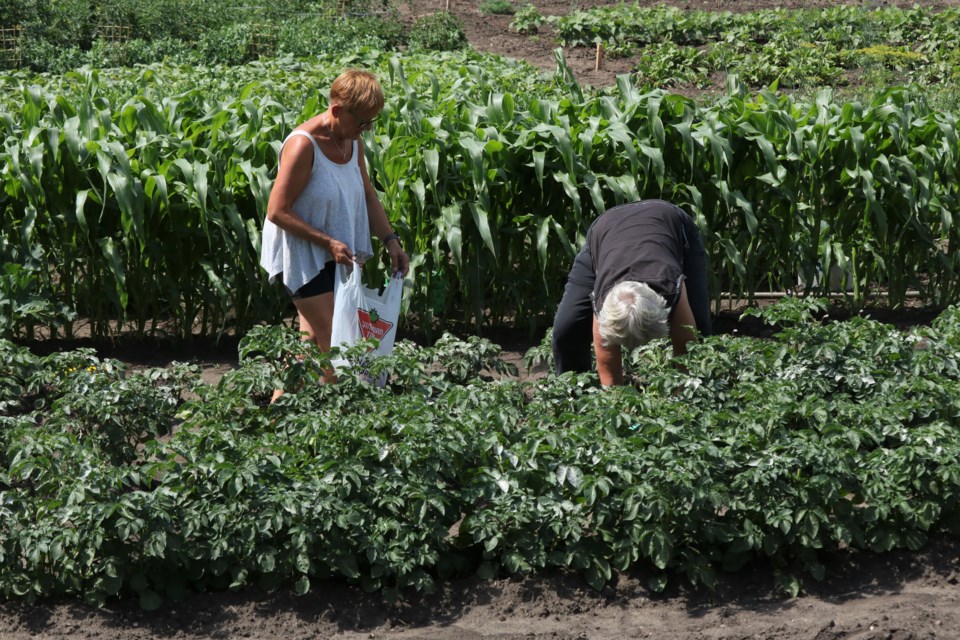YORKTON - Doesn’t a bit more sunlight make a difference!
Since March 20, we have been gaining about 1 ½ minutes a day in daylight. So our daylight has been about 19 or so minutes longer since then. The change is more visible now in the morning, we’re not getting up in total darkness anymore!
If you go on a daily garden tour, you will likely be seeing a change in the last little while. The snow has settled a lot, with even some bare patches here and there. It’s not much, but it gets us excited, doesn’t it!
So let’s talk about some spring things. We have talked to a few people who are eager to plant gardens for the first time. What would you advise them to do?
Probably the first thing is to wait until the danger of frost is behind us, which takes us to the “traditional” planting time around Victoria day. That’s May 19 this year. Of course we know that timing varies, some years we are out in the garden earlier than that. But it’s a good guide.
Next, location. A sunny spot is necessary, hopefully offering at least eight hours of sun a day. The size of the garden should be considered, too. If garden dreams are bigger than the actual amount of time for garden up-keep, weeds can take over very quickly, causing poor yield and resulting with the new gardener being discouraged. Much better to start with a smaller, manageable space and work up from there in coming years. We’d also hope that the area is somewhat protected from wild winds.
We could advise new gardeners about crops that can go out into the garden first: cool-loving plants like peas, kale, lettuce don’t mind cooler soil. Other things like tomatoes and peppers should wait. Here again, it would be a good idea for new gardeners to start with basics: lettuce for a nice salad, peas and carrots, cucumbers, a few tomato plants, maybe a few pepper plants.
Plants that can be fussy in terms of care or pest problems can be left till one good gardening season is achieved. Better to start smaller but on a successful note!
Basics about soil would be a good idea: teaching the advantages of adding compost, tilling soil, and keeping down weeds. I have read that productive gardens need six to twelve inches of good soil; new gardeners need to be aware that soil might need some upgrade work before the actual planting can occur.
Gosh, we’ve only scratched the surface of all the things to talk about with a new gardener…but as we’ve said so many times, even for seasoned gardeners, there is always something new to learn! Every crop is different, every year is different, so the best way to learn is by doing.
The next meeting of the Yorkton and District Horticultural Society is on Wednesday, April 16 at 7:00 PM at the Yorkton Public Library. Our guest speaker will be Olga Brygider talking to us about bonsai, the Japanese art of miniature trees in containers. Everyone is welcome!
And if you feel like a little road trip to Foam Lake, you could take part in the Spring Workshop with the Shamrock Hort Society on Saturday, April 26 . Guest speakers will be Jackie Bantle, Helen Misfeldt from the U of S and Barb Curvollo speaking on timely garden topics. This is an all-day event, a great chance to visit with other gardeners. Check our site, www.yorktonhort.ca for more information about this event with a fellow hort society.
Thank you to our friends at YTW for their fine work. Gardeners, enjoy the slightly longer days and have a wonderful week!






